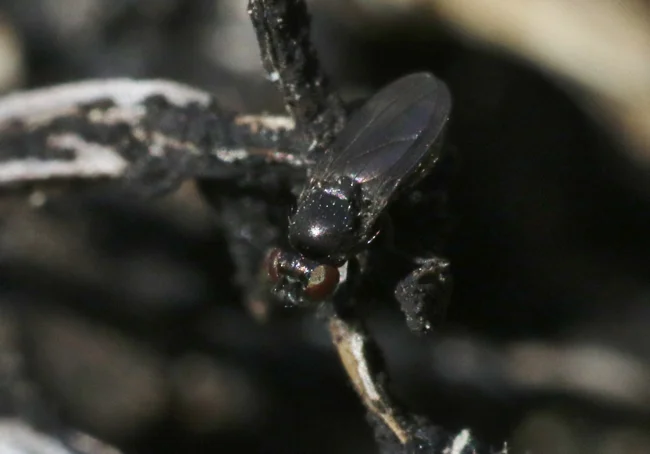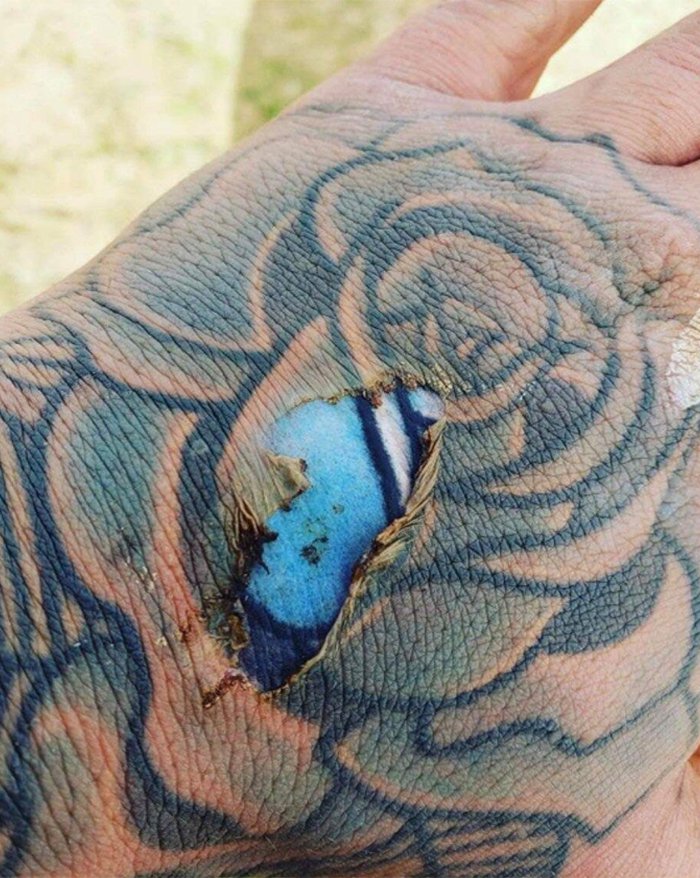Diasemocera petrolei, aka the petroleum fly, is a fascinating insect that not only survives in petroleum, a highly toxic substance to other animals, but actually thrives in it.
For tens of thousands of years, the La Brea Tar Pits near Los Angeles, California, have been a death trap to millions of animals, some extinct, some still around today. Insects, birds, mammals, and even dinosaurs, all found their end in these gooey pits at some point in time, but one tiny insect species managed to adapt to this incredibly toxic environment and actually use it to its advantage. The petroleum fly, a flying insect about the size of a fruit fly, is the only known insect species that can not only survive in the natural asphalt of the La Brea Tar Pits but actually calls it home. Its larvae develop in the viscous petroleum while the mature flies spend most of their lives strolling on the surface of the tar pits in search of food.








